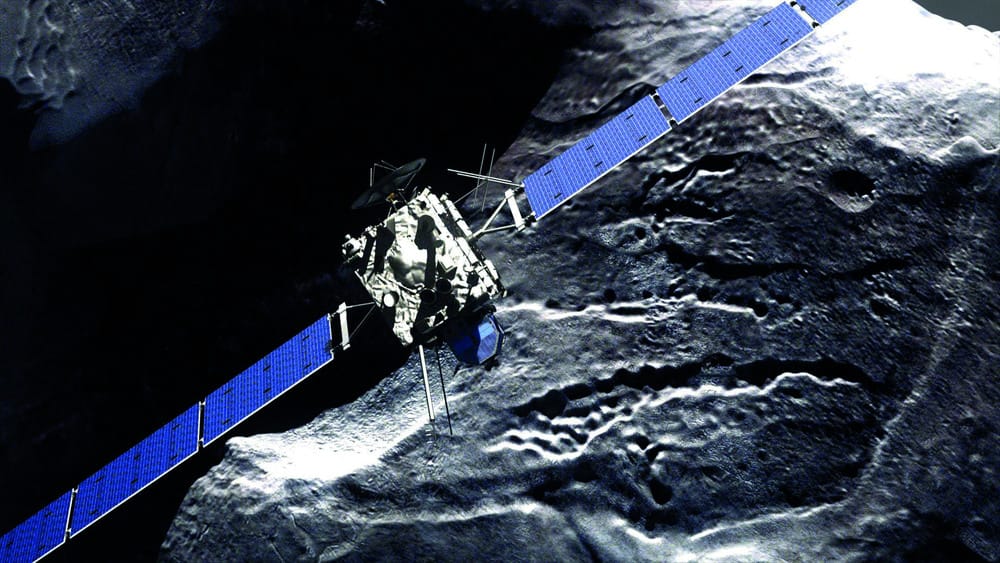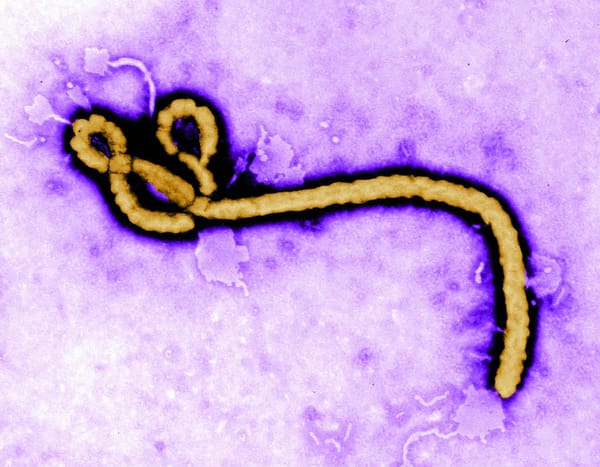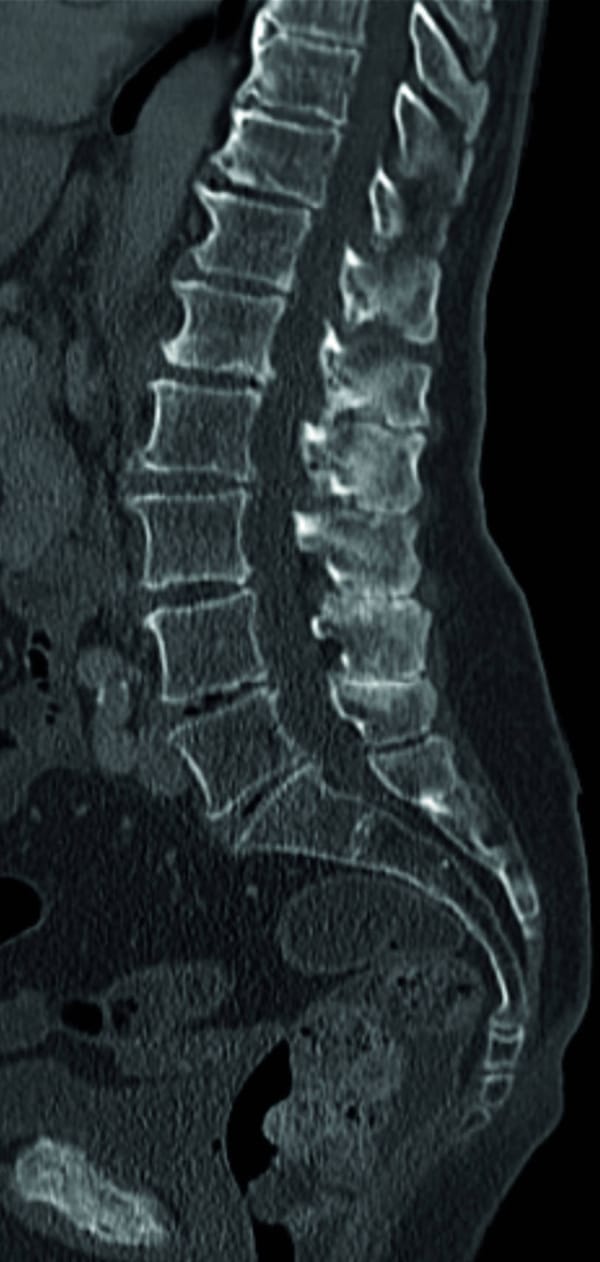Rosetta probe successfully lands on comet
Philae probe sucessfully lands on comet 67P/C-G

On Wednesday afternoon, the signal came through that one of the most ambitious space missions ever attempted has successfully landed on a comet.
In the ten years since it was launched, Rosetta has travelled six billion kilometres to reach comet 67P/C-G, currently orbiting the sun between Mars and Jupiter.
Rosetta arrived at the comet in the summer, and has spent the past few weeks in orbit around it, creating detailed images of the surface to determine a suitable landing site.
The final landing was complicated by the unusual shape of the comet, and the 30 minute delay in radio communications due to the enormous distances involved.
Rosetta travelled with a probe called Philae, designed to detach from the craft and carry out the landing.
Philae is equipped with two harpoons, intended to fire into the surface and ensure it doesn’t skip off because of the comet’s weak gravity. It carries a mass spectrometer, radiation detector, and high-resolution cameras.
The European Space Ageny (ESA) first proposed the mission more than 20 years ago, to investigate the chemical composition of a comet, as well as its general structure and magnetic environment. Information on organic compounds is also hoped to give us a new understanding of the possible role of comets in the origin of life on earth.
The Rosetta probe, still in orbit,will continue to take data from above, and analyse dust and gas released as the comet heats up during its approach to the sun.
Despite the successful outcome. the mission has not been without its problems. It was originally intended to land on a different comet, 46/Wirtanen, but a delay caused by a rocket failure meant a different target had to be found.









